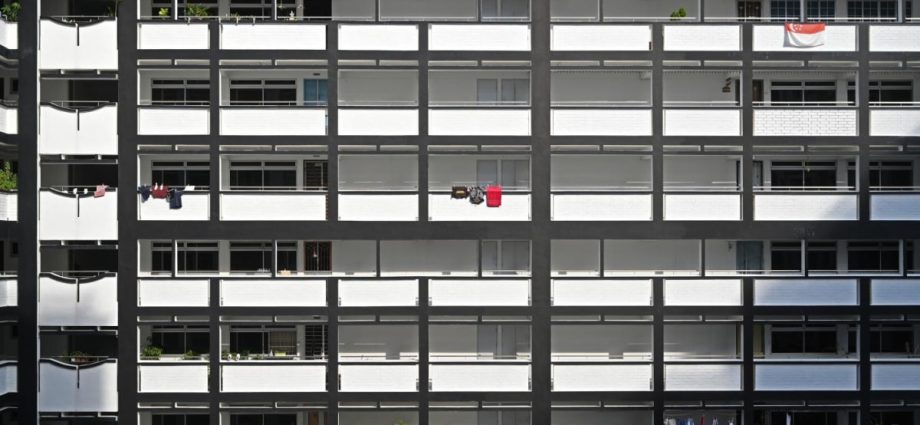
SINGAPORE: Interest rates on home loans have been declining since the start of the year and observers expect the trend to continue.
Fixed-rate home loans – which have interest rates that remain unchanged throughout a lock-in period – shot up past 4 per cent last year in Singapore, as the US Federal Reserve went on a rate-hike race to quell surging inflation.
With the Fed poised to pause or even reverse policy tightening, banks have been cutting their rates on these loans, industry experts said.
DBS, Singapore’s largest lender, is offering fixed-rate packages at 3.75 per cent a year with lock-in periods of two to five years, a check of its website on Tuesday (May 30) showed.
This is 0.5 percentage points lower than the 4.25 per cent offered by the bank in January.
At OCBC, two- and three-year fixed-rate mortgages are priced at a “promotional” 3.8 per cent. These loans were previously set at 4.25 per cent and 3.9 per cent respectively in January.
The rate for the bank’s one-year loan remains unchanged at 4.3 per cent.
UOB did not provide its rates when approached by CNA, but property portals listed its two- and three-year loans at 4 per cent per annum, down from last year’s peak of 4.5 per cent.
Among foreign lenders, HSBC has lowered its two-year fixed-rate mortgage to 3.6 per cent, while the three-year equivalent is set at 3.5 per cent.
Both packages were previously offered at 4.25 per cent in January.
Mortgage advisory firm Mortgage Master said loan rates are going as low as 3.38 per cent, although it declined to say which bank was offering the rate, citing privileged information.
“With inflation and employment data in the US softening, the US Federal Reserve has indicated a less hawkish stance,” said Mr Paul Wee, vice-president of PropertyGuru’s finance division. “Hence, it is likely that fixed rates will soften further.”
NO CHANGE IN FLOATING LOAN RATES
Fixed-rate mortgages tend to see bigger adjustments as banks weigh their hedging costs, experts said.
Hedging costs depend on market expectations for interest rates, with the cost going up as rates rise and vice versa, said Mr Wee.

